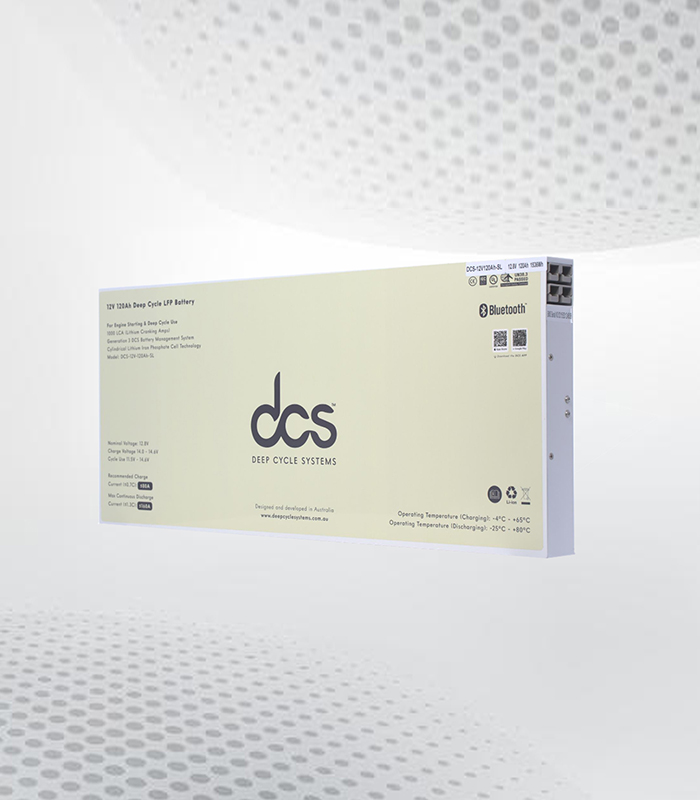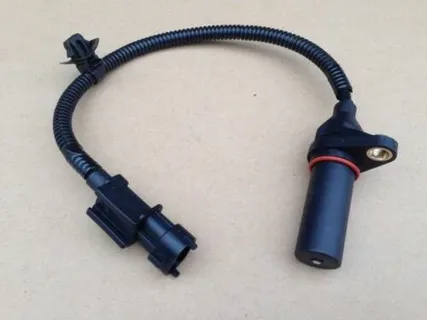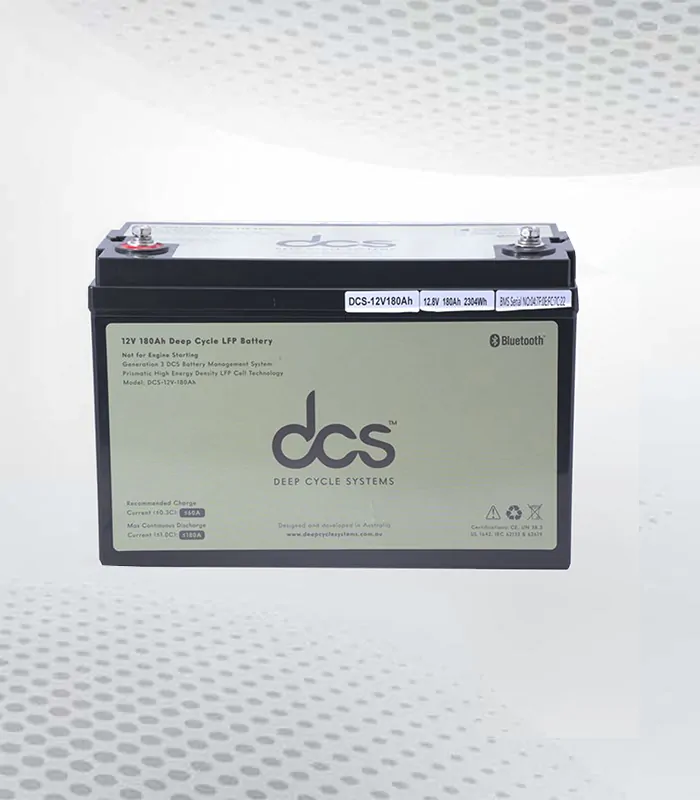he automotive landscape is rapidly evolving, and at the heart of this revolution is a powerful technology: the Slimline 12V lithium battery . These compact yet robust power sources transform electric vehicles, making them lighter, more efficient, and increasingly popular with environmentally conscious consumers. With their sleek design and impressive capabilities, 12V lithium battery options have become essential for modern transportation.
Imagine travelling with an electric vehicle that offers cutting-edge performance and contributes to a cleaner environment. This shift is not just about going green but about redefining what we expect from our vehicles. As we delve deeper into the world of slim 12V lithium batteries, you’ll discover why they are quickly becoming the backbone of EV technology. From their numerous advantages to future innovations, there’s a lot to explore in this electrifying topic!
Advantages of using thin lithium batteries in electric vehicles
Slim lithium batteries are revolutionizing the electric vehicle (EV) landscape. Their compact design allows for more efficient use of space, allowing manufacturers to create sleeker, lighter vehicles.
These batteries feature a higher energy density compared to traditional options. This means they store more energy in a smaller space, resulting in longer driving ranges on a single charge.
Fast-charging capabilities further enhance its appeal. Drivers can quickly recharge during pit stops or at home, significantly reducing downtime.
Safety is another key advantage. Slim lithium batteries have advanced thermal management systems that minimize the risks of overheating and improve reliability over time.
In addition, these batteries have a longer lifespan than conventional batteries. They can withstand numerous discharge cycles without significant loss of capacity, making them an economical option in the long term.
The lightweight nature also contributes to improved vehicle efficiency while maintaining the performance standards that drivers expect from modern electric vehicles.
Comparison with traditional lead-acid batteries
The differences are strikingly clear when comparing thin lithium batteries to traditional lead-acid batteries. Thin 12V lithium batteries are significantly lighter, which improves overall vehicle efficiency. This weight reduction translates into better handling and longer range for electric vehicles.
Lead-acid batteries typically offer a lower energy density. As a result, they require more space and often weigh much more than their lithium counterparts. This can limit design options in the manufacturing of electric vehicles.
In addition, life expectancy is another critical factor. A slim lithium battery offers up to ten years of longevity under proper usage conditions, while lead-acid versions typically last only three to five years.
In addition, thin lithium batteries can be charged and discharged much faster than lead-acid batteries. This means they can provide power quickly when needed, making them ideal for high-performance vehicles.
Slim lithium batteries require minimal maintenance compared to lead-acid batteries. They do not need to be periodically refilled with water or subjected to equalization charges, reducing costs and maintenance times.
Overall, thin lithium battery technology offers significant advantages over traditional lead-acid batteries in terms of weight, efficiency, lifespan, charging speed, and maintenance requirements. As electric vehicle technology advances and becomes more common, thin lithium batteries will likely become the preferred choice for powering these vehicles.
Charging times also vary greatly between these two technologies. 12V lithium batteries recharge faster than lead-acid models, allowing for less downtime during trips – a crucial consideration for modern drivers.
Factors affecting the performance of thin lithium batteries
The performance and longevity of slim lithium batteries depends on several critical factors. Temperature plays a critical role; extreme heat or cold can significantly affect battery efficiency.
Charging habits
Charging habits matter, too. Constant overcharging or deep discharging can shorten the life of these batteries, making smart charging practices essential for optimal use.
Battery quality
Battery quality also affects its performance and longevity. Low-quality batteries may have a shorter lifespan and underperform high-quality batteries.
Usage patterns
The type of app and usage patterns can also affect battery performance. High-power apps or frequent use can put more strain on the battery, reducing its lifespan.
Proper storage
Proper storage is also crucial for slim lithium batteries. Storing them in extreme temperatures or undercharged can damage the battery and decrease its overall lifespan.
Proper maintenance and care
Finally, proper maintenance and care are essential to ensure optimal performance and longevity of slim lithium batteries. This includes regular cleaning, avoiding physical damage, and following the manufacturer’s recommendations for charging and storage. Another crucial aspect is the quality of the materials used in manufacturing. High-quality components generally translate into better performance and durability.
Additionally, usage patterns influence battery endurance over time. Heavy use can lead to faster degradation compared to lighter applications. Proper maintenance cannot be overlooked. Regular checks and adherence to manufacturer guidelines help improve performance and longevity, ensuring your slim 12V lithium battery remains reliable for all your EV needs.
Innovations in 12V slim lithium battery technology
Recent advances in 12V Slim Lithium battery technology are transforming the energy storage landscape. Engineers are constantly pushing the boundaries to improve power density and reduce weight, making these batteries even more suitable for electric vehicles.
One notable innovation involves advanced materials that improve conductivity. This leads to faster charging times and greater efficiency, which is crucial for modern commuting needs.
In addition, researchers are developing smarter battery management systems. These systems optimize performance by monitoring temperature and charge levels, ensuring longevity and maintaining maximum functionality.
Another interesting trend is the integration of solid-state electrolytes. Unlike traditional liquid electrolytes, solid-state options feature improved safety profiles and higher energy capacities.
With each advancement, the slim 12V lithium battery becomes more attractive to manufacturers seeking reliable solutions in a competitive market. The future promises greater sustainability and technological sophistication to meet changing consumer demands.
Future implications for electric vehicles and beyond
The future of electric vehicles depends on advances in thin lithium battery technology. These batteries are not just for powering cars; they open the door to innovations in a variety of sectors.
With their lightweight design, slim 12V lithium batteries improve vehicle efficiency. This means longer ranges and faster charging times. As manufacturers adopt this technology, we could see a rise in electric models that meet a variety of needs.
Furthermore, the potential for integration with renewable energy sources is immense. Imagine solar-powered homes storing excess energy in these compact batteries.
Public transport could also benefit significantly from this development. Buses and trains equipped with slim lithium batteries could contribute to reducing urban emissions.
As research continues, the implications extend beyond cars – think drones and smart devices efficiently powered through advanced battery solutions. The road ahead promises endless possibilities driven by innovation and sustainability.
The role of thin lithium batteries in shaping the future of transportation
Slim lithium batteries are revolutionising transport. Their compact design allows for seamless integration into a range of vehicles, from electric cars to scooters.
These lightweight power sources improve efficiency. Electric vehicles can travel longer distances without the burden of traditional heavy batteries. This advancement opens the door to wider adoption and innovative vehicle designs.
In addition, thin lithium battery technology is paving the way for sustainable transportation solutions. As more manufacturers adopt these batteries, we are witnessing a significant reduction in greenhouse gas emissions.
The future of logistics will also benefit greatly. Delivery drones and autonomous vehicles rely on reliable energy storage. Thin solutions provide that reliability while maintaining agility in performance.
As cities evolve, so will our methods of transportation. With slim 12V lithium batteries leading the way, urban mobility is becoming smarter and greener.
Innovations and developments in thin lithium battery technology
The thin lithium battery technology landscape is evolving rapidly. Manufacturers are continually pushing the boundaries of performance and efficiency.
- Recent advances focus on improving energy density. This means that more energy can be stored in a smaller space, which is crucial for electric vehicles that need lightweight solutions. New formulations involve innovative materials that also significantly improve charging speeds.
- Another advancement in thin lithium battery technology is the use of solid-state electrolytes. Traditional lithium-ion batteries use liquid electrolytes, which can be prone to overheating and pose a safety risk. Solid-state electrolytes are safer and more stable, making them ideal for electric vehicle applications.
- In addition, manufacturers are exploring new electrode materials, such as silicon anodes, which have higher energy density than traditional graphite anodes. This allows for longer-lasting batteries with higher capacities.
- Another trend is the integration of smart features into thin lithium batteries. These include built-in sensors that can monitor the battery’s status and performance in real time. This data can be used to optimize charging and extend battery life.
- Innovations in manufacturing processes are also making the production of thin lithium batteries more cost-effective. This could potentially reduce costs for the consumer and make electric vehicles more affordable.
- Overall, the future of thin lithium battery technology looks promising. With continued research and development, we can expect even more efficient, safe and reliable batteries that will power the devices and vehicles of tomorrow.
- Intelligent battery management systems are also gaining ground. These integrated technologies monitor health, temperature and charge cycles to optimize performance over time. These features ensure longevity and maximize safety.
- In addition, research into solid-state batteries holds promise for the future. Unlike traditional liquid electrolytes, these batteries could offer even greater stability and capacity while reducing the risk of fire.
Collaboration between technology companies and carmakers is generating transformative ideas as competition grows. It is an exciting era in which thin lithium batteries are taking centre stage in redefining energy storage solutions.
Environmental impact of 12v slim lithium battery
Slim lithium batteries aren’t just about performance; they also play a crucial role in sustainability. These batteries are designed to be more efficient, reducing overall energy consumption.
- The manufacturing process for slim 12V lithium battery models typically uses fewer harmful materials than traditional lead-acid options. This lower reliance on toxic substances minimizes environmental risks during production.
- Additionally, the lightweight nature of these batteries means that electric vehicles can operate more efficiently. With lower energy requirements, emissions from power generation decrease.
- Recyclability is another key aspect. Many manufacturers are now focusing on creating systems to recycle thin lithium batteries at the end of their life, reducing waste and conserving resources.
- Additionally, the longer lifespan of slim lithium batteries means they need to be replaced less frequently, reducing the amount of waste generated when disposing of batteries.
- In terms of sustainability, switching to thin lithium batteries significantly reduces the carbon footprint. Electric vehicles and other electronic devices powered by these batteries help reduce dependence on fossil fuels, contributing to a cleaner environment.
- Slim lithium batteries offer a more sustainable alternative to traditional battery options. With their increased efficiency, recyclability and lower environmental impact, they are a crucial component in creating a more sustainable future.
As technology evolves, advancements aim to improve both the sustainability and longevity of these innovative energy sources. The future is bright for those who prioritize green solutions in transportation.
Electric vehicle technology relies on a thin lithium mass
Electric vehicle technology is undergoing a significant transformation, largely due to the adoption of slim lithium batteries. These compact power sources are redefining the energy efficiency and performance of electric vehicles.
Slim 12V lithium batteries offer high energy density while maintaining a lightweight design. This allows manufacturers to create more aerodynamic vehicles without sacrificing power or range.
The versatility of these batteries makes them suitable for a variety of applications, from personal cars to commercial fleets. Their ability to charge quickly improves user convenience and drives broader adoption.
Furthermore, advancements in battery management systems ensure optimal performance and longevity, further cementing their role as essential components in modern e-mobility solutions. Manufacturers are increasingly relying on this cutting-edge technology to meet consumer demands for sustainable transport options that do not compromise on quality or speed.
Conclusion
The evolution of electric vehicles is closely tied to advances in battery technology. Slimline 12V lithium battery packs play a pivotal role in this transformation. Their compact design and superior efficiency perfectly meet the needs of modern electric vehicles. As manufacturers continue to innovate, the potential of these slim 12V lithium batteries expands even further. From increasing range to improving performance, these changes reshape the way we think about transportation. Sustainability is also at the forefront of this revolution. As environmental concerns increase, the adoption of cleaner energy sources becomes essential.
Frequently Asked Questions
What are 12v Slimline Lithium Battery Packs used for?
Slimline 12V lithium battery packs are commonly used in electric vehicles (EVs), allowing for longer driving ranges and improved performance. They can also be found in a variety of applications including marine systems, solar energy storage, and recreational vehicles.
How do slim lithium batteries compare to traditional lead-acid batteries?
Slim lithium batteries offer several advantages over lead-acid alternatives. They are lighter, more efficient and provide higher energy density. This translates into better performance for electric vehicles, as weight has less of an impact on range and speed.
What is the lifespan of a 12v slim lithium battery?
The lifespan of a 12V slim lithium battery typically ranges from 8 to 15 years, depending on usage patterns and charging practices. Proper maintenance can significantly improve their longevity, making them an excellent investment for both personal and commercial use.
| Related Business Listings |
| Directory Submissions |
| Regional Directory |




